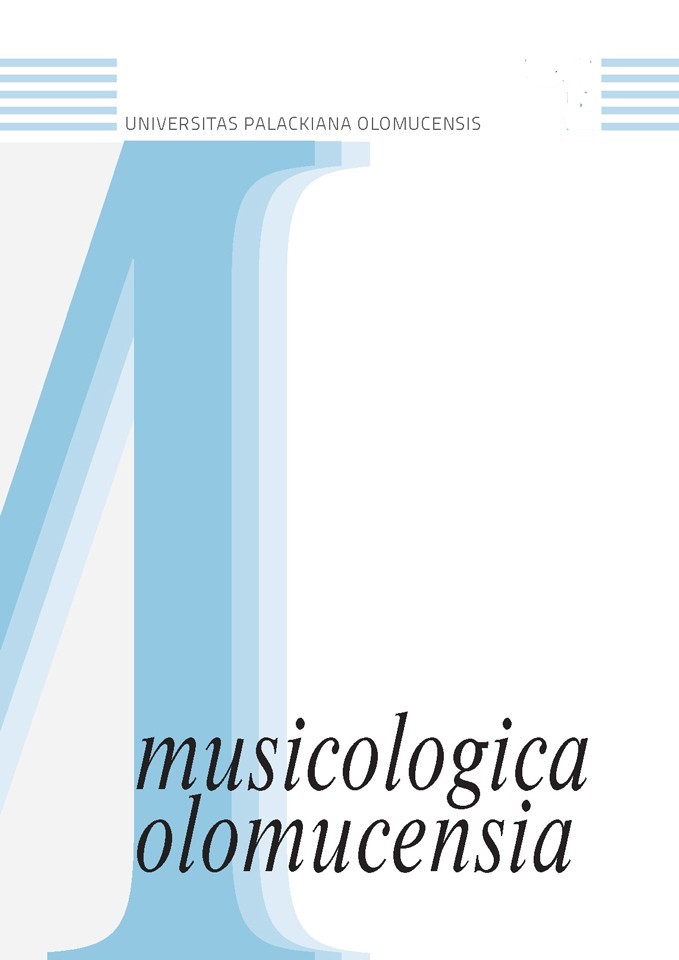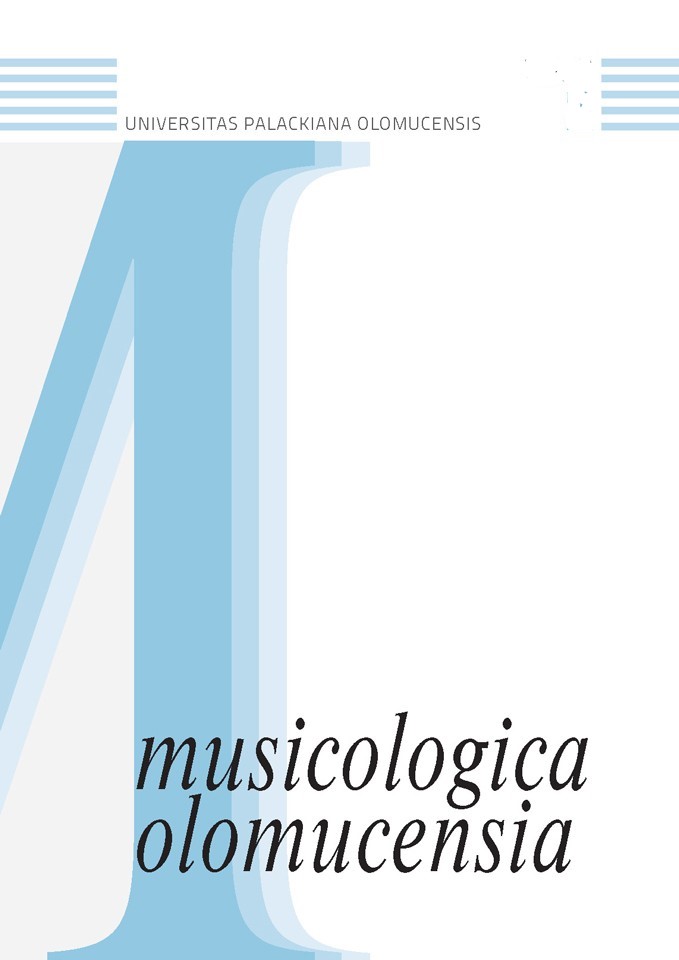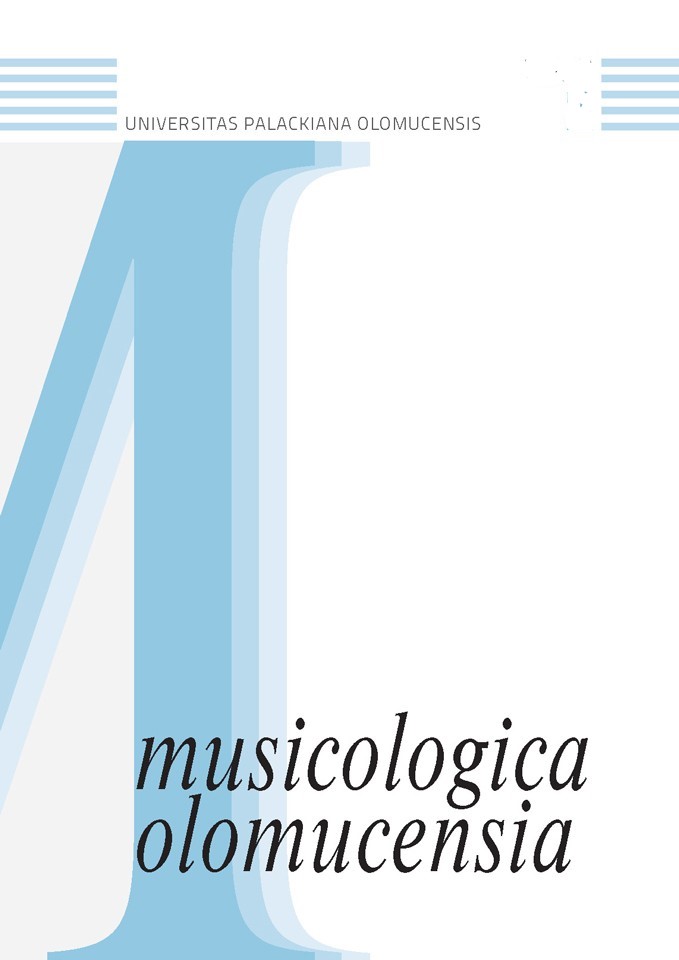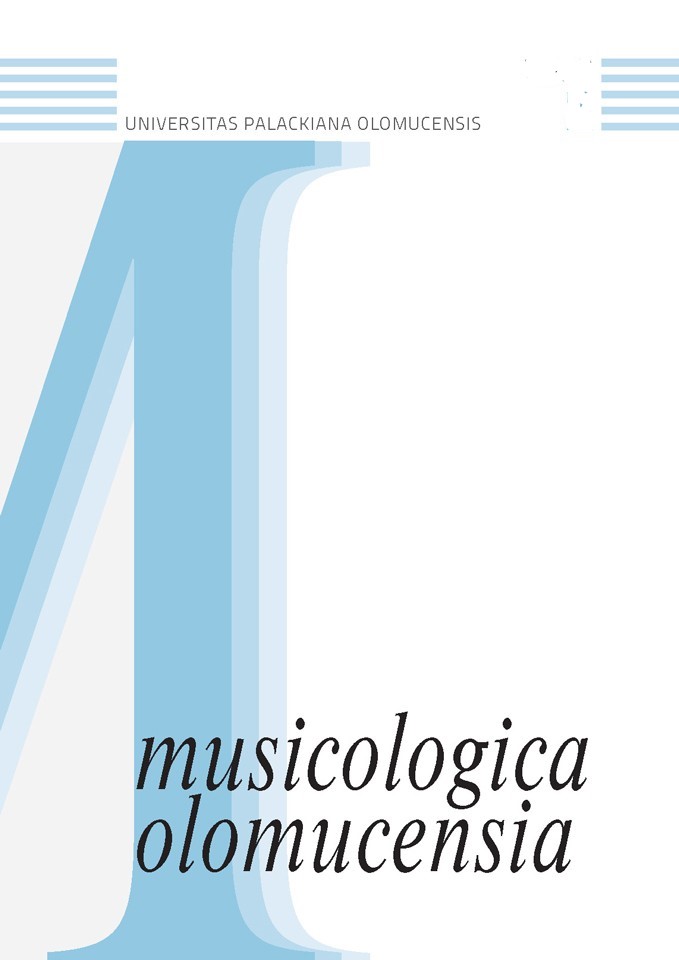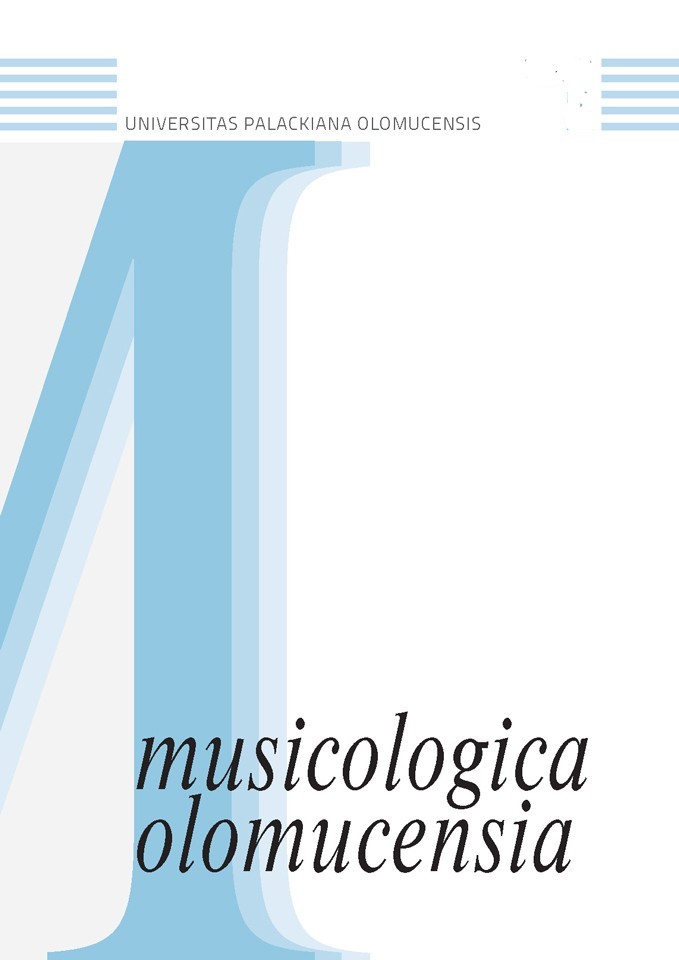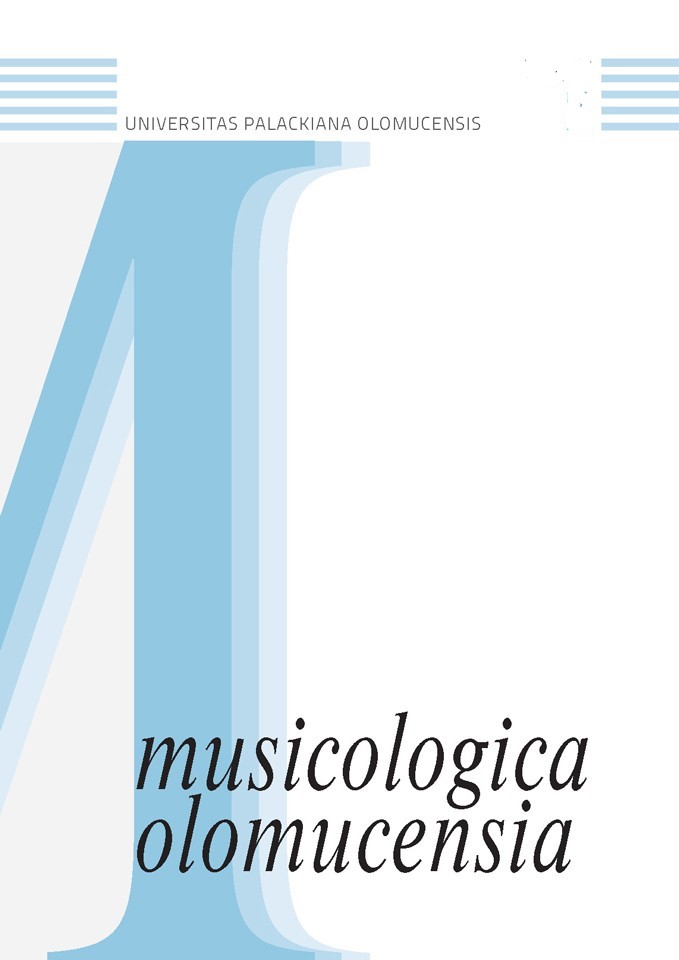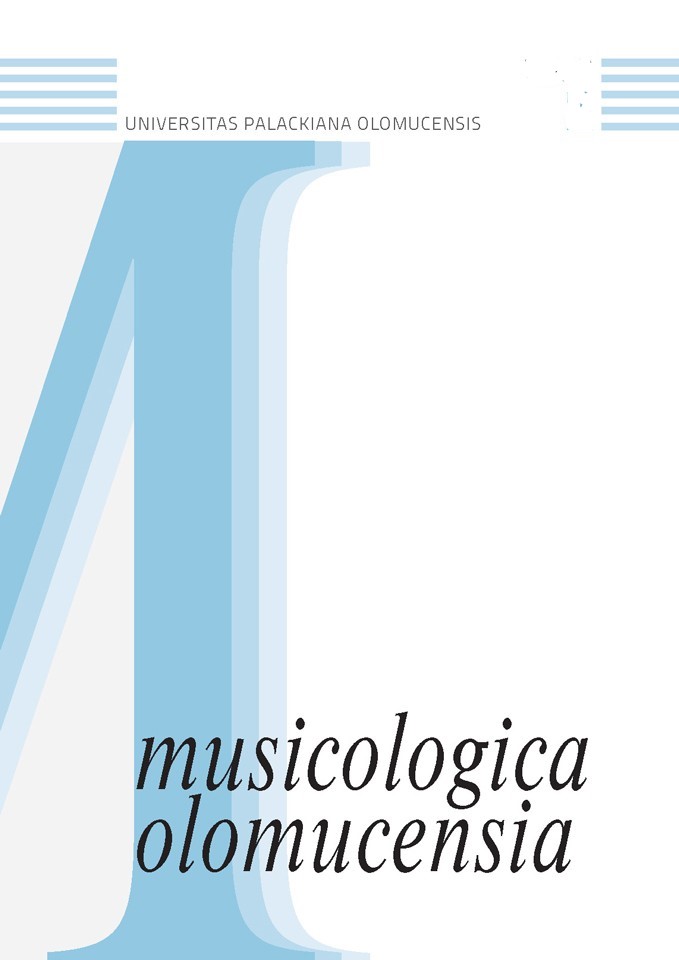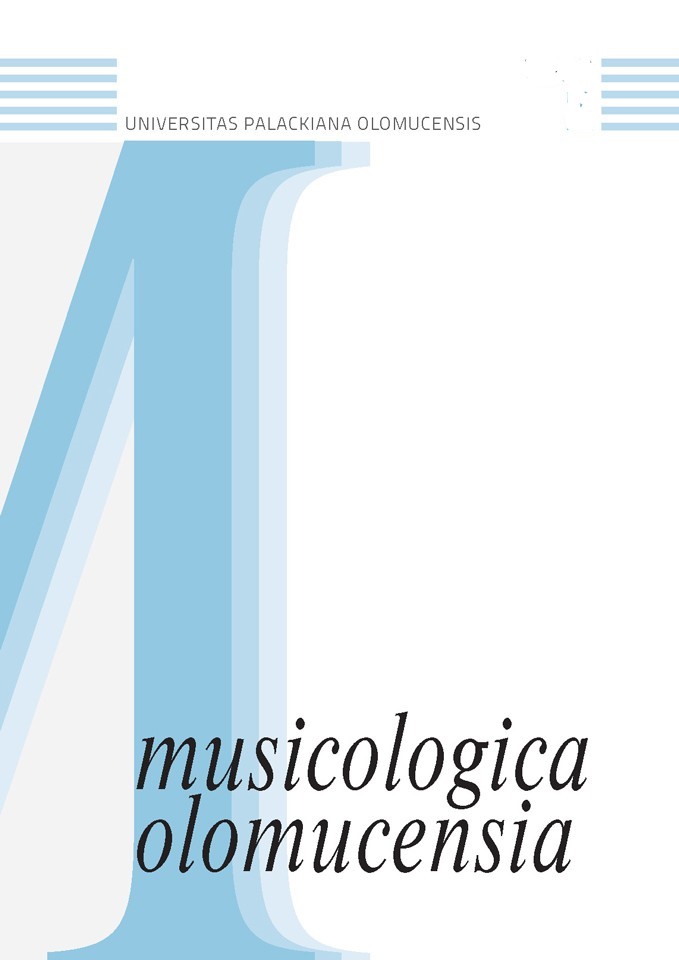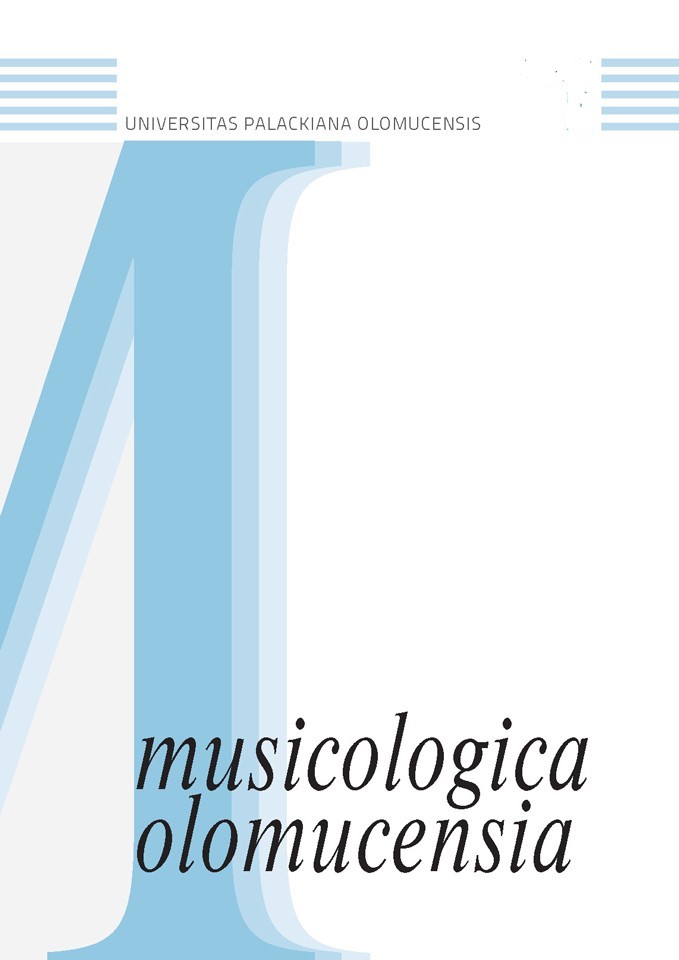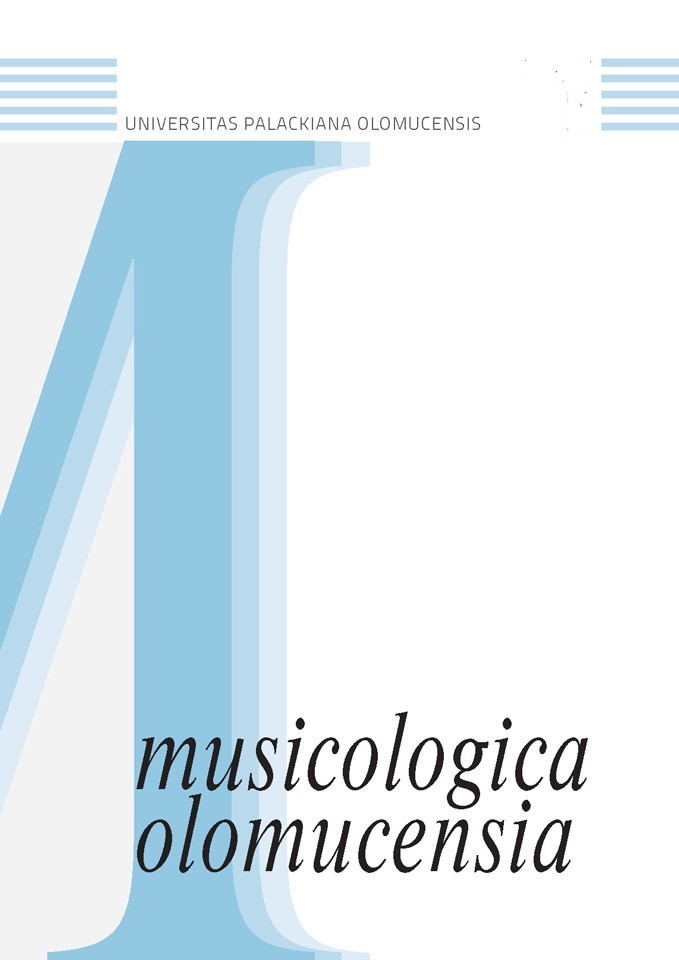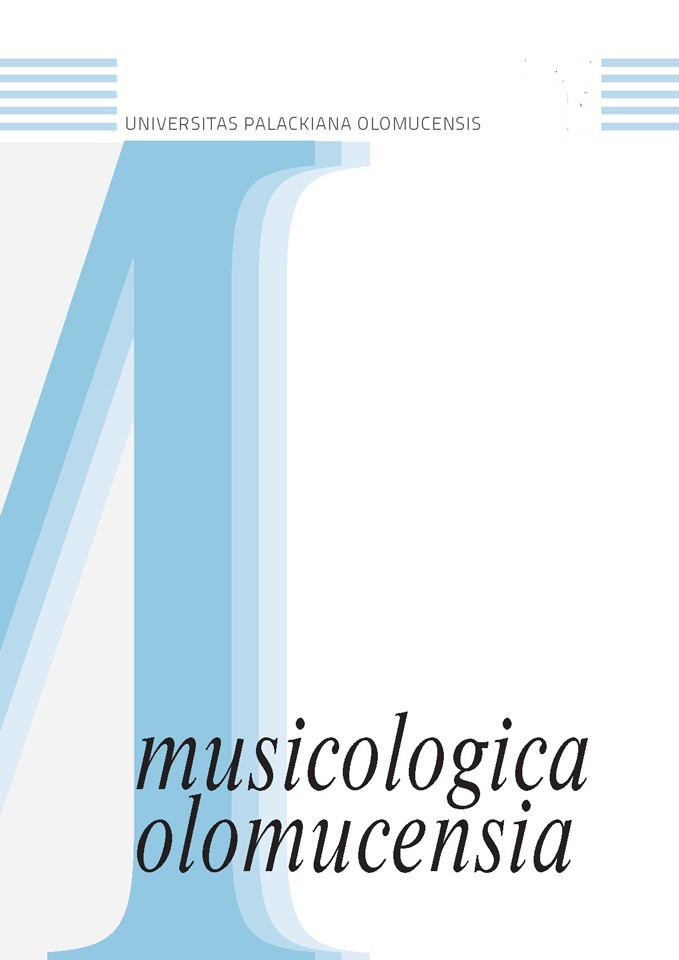Author(s): Helena Chaloupková / Language(s): English
Issue: 1/2007
World music as a typical product of a multicultural society does not have a strong position in the Czech Republic, is a result of complicated and long (mainly politically influenced) process. Ethnic fusions seem to be in their infantile stage there - performances, festivals etc. as well as their appearance in the press are more casual than systematic. It is more about enthusiasm of a few fans than about a business based on strategic plans. The process of infiltration of both local and exotic ethnic elements into Czech popular music has been slow and quite complicated on account of specific pressure from the socialistic governments. Besides the "official" folk music scene (heavily influenced by state surveillance) and again the "official" pop music scene (rejecting "western, non-socialistic" music), there was at least some sporadic contacts with Latin American, Indian, Caribbean, African, Gypsy music as well as a few interesting projects mainly inspired by Moravian folk music. The infiltration of ethnic elements into the Czech scene is not just a result of specific politic conditions. Admittedly, not until recent decade has Czech society been familiarizing itself with a rich multicultural life, a life that has been existing for more than 20 years in Western Europe. The situation after 1989 is considered as a fundamental and positive reversal of the history of intercultural communication in the Czech Republic. Opening the Czech borders either in economical or cultural meanings, caused crumbling of actual barriers, liberalization of both the market and thinking of people as well. At this moment, the situation in Bohemia and Moravia is much better with a huge influx of foreign ethnic tradition and at the same time a (re)discovering of domestic traditions (specifically, a complicated relationship to folk heritage that has its roots in the movement of so-called folklorism). A deep-rooted tradition to get to know and appreciate others from one's perspective has been largely attacked as intercultural communication slowly infiltrates the whole society. Presently, the quite conservative popular music scene offers world music projects, but only on the periphery. Few performers of folk based fusions remain on the edge of mass audience interest or business, and that could be said about top figures as well. Only a few of recordings have international distribution and only a few of musicians perform abroad. Among these exceptions are Hradišťan, Vlasta Redl, Ad libitum Moravia (Viklický, Pavlica, Lapčíková) and Čechomor, who several times took part in the world music festival in Germany, Rudolstadt. Viklický together with Lapčíková and Pavlica performed in Japan, Mexico and the USA. Teagrass and Věra Bílá and Ida Kelarová co-operate with foreign producers and they are regular guests of international meetings. Currently, Iva Bittová is the most successful "exported" figure of not only the Czech world music scene, but also, at the same time, of ethno-music and the so-called alternative scene.
More...
